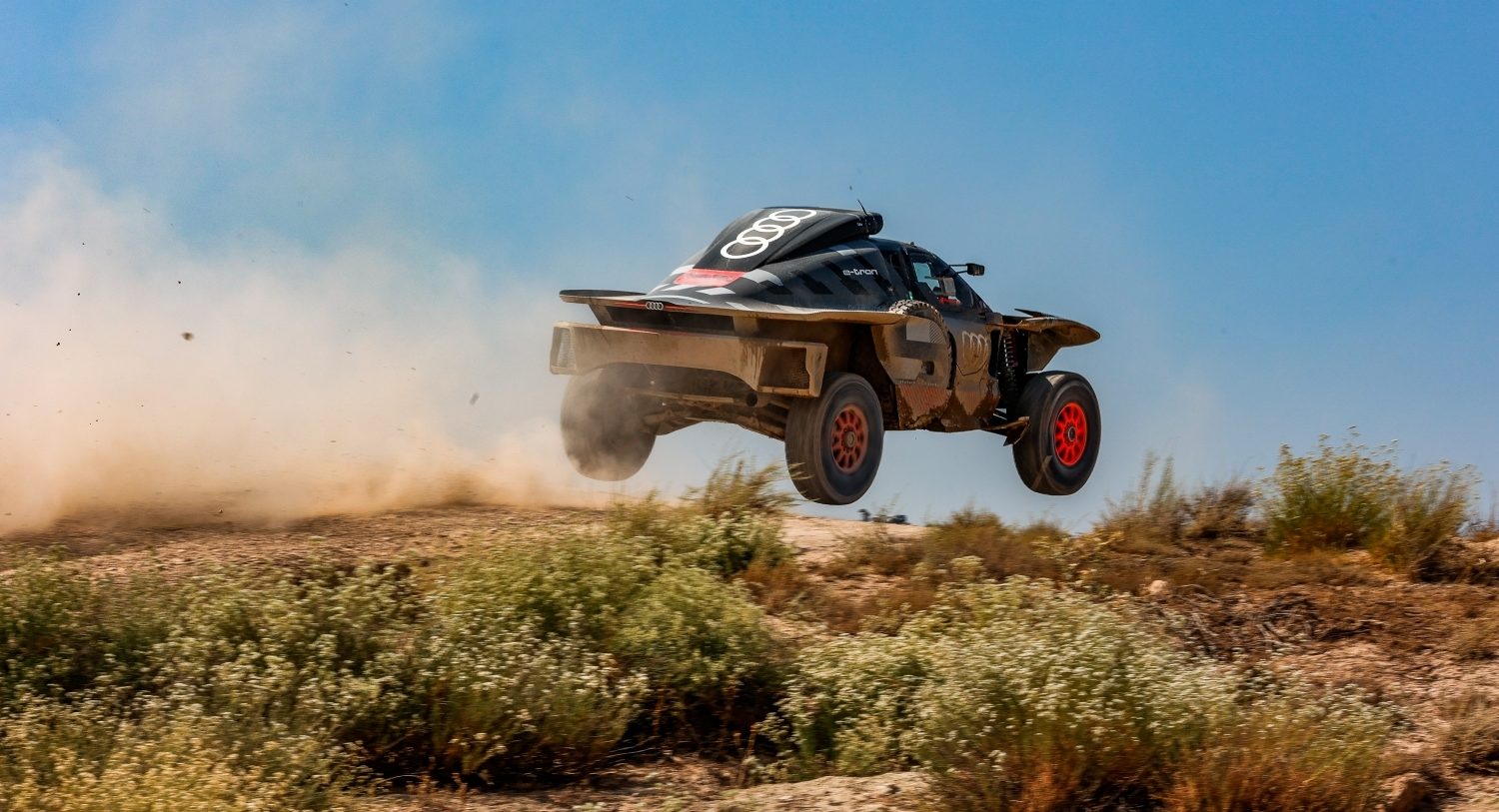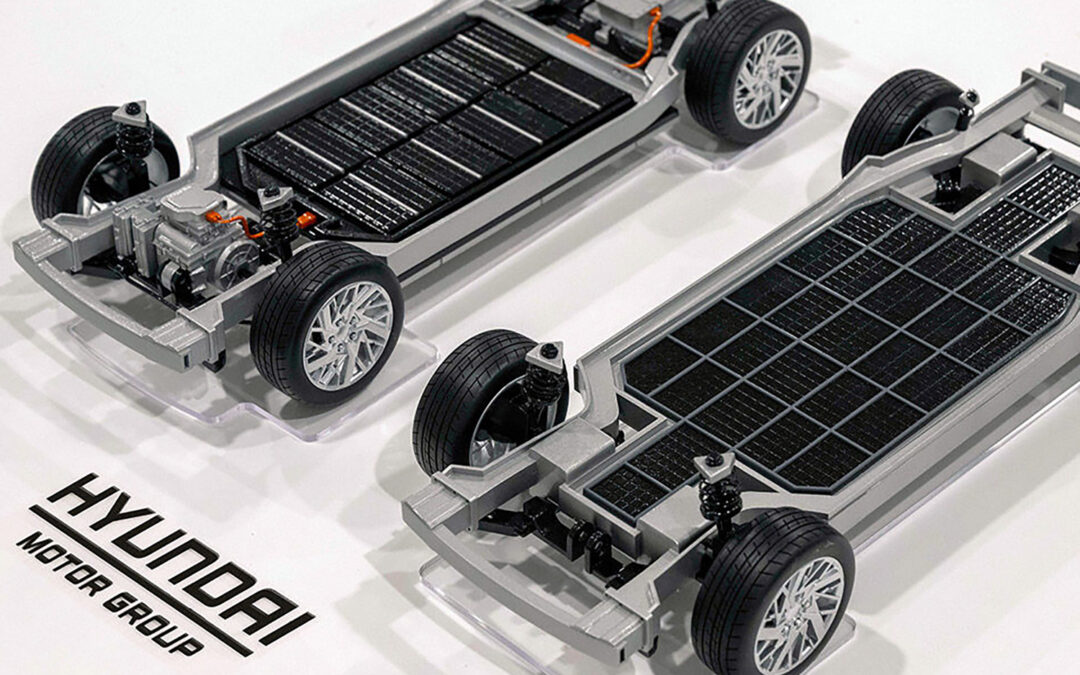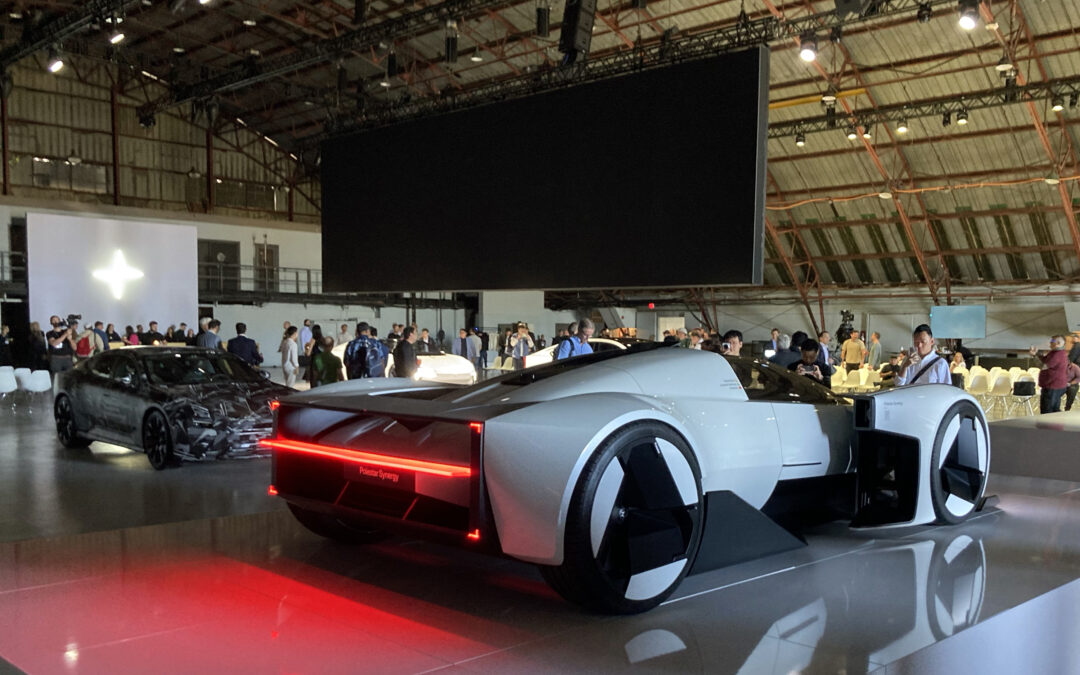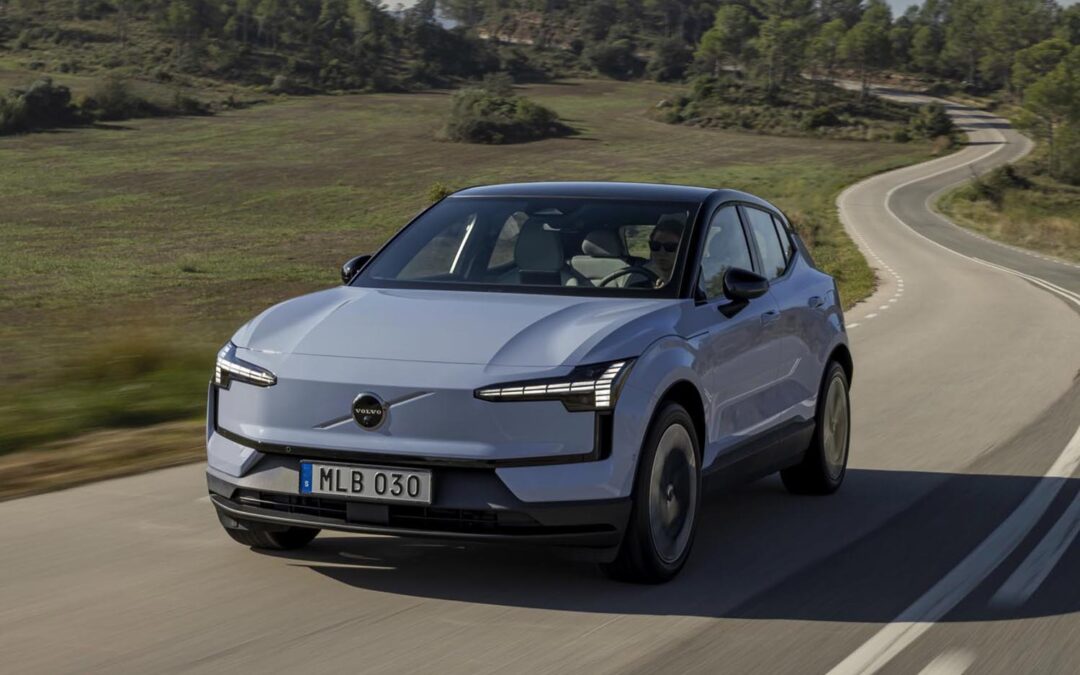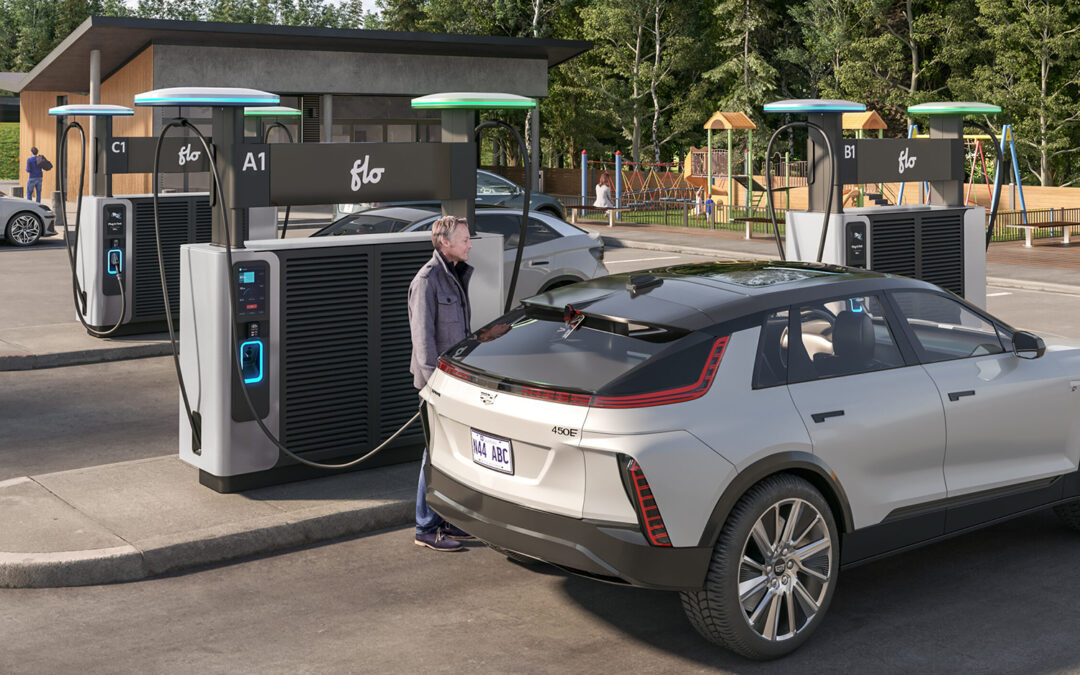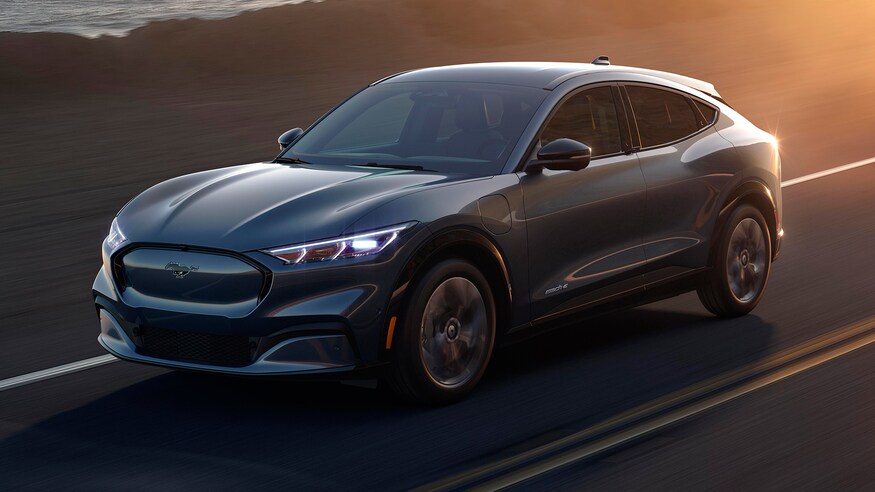Audi Sport has set its sights on overall victory at next year’s Dakar Rally with the newly-upgraded, all-electric RS Q e-tron E2, dubbed “a Formula 1 car for the desert.”
Audi made history at this year’s event when Carlos Sainz Sr. (father of Ferrari F1 driver with the same name) and co-driver Lucas Cruz took the first of four stage victories for the original RS Q e-tron, marking the first such triumph for an electric-hybrid powertrain. Further successes were limited however by reliability, weight and fuel efficiency concerns, the highest placed example – that of Mattias Ekström and co-driver Emil Bergkvist – eventually finishing the 8,000-plus km off-road endurance event 9th overall, almost three hours behind event winner Nasser Al-Attiyah.
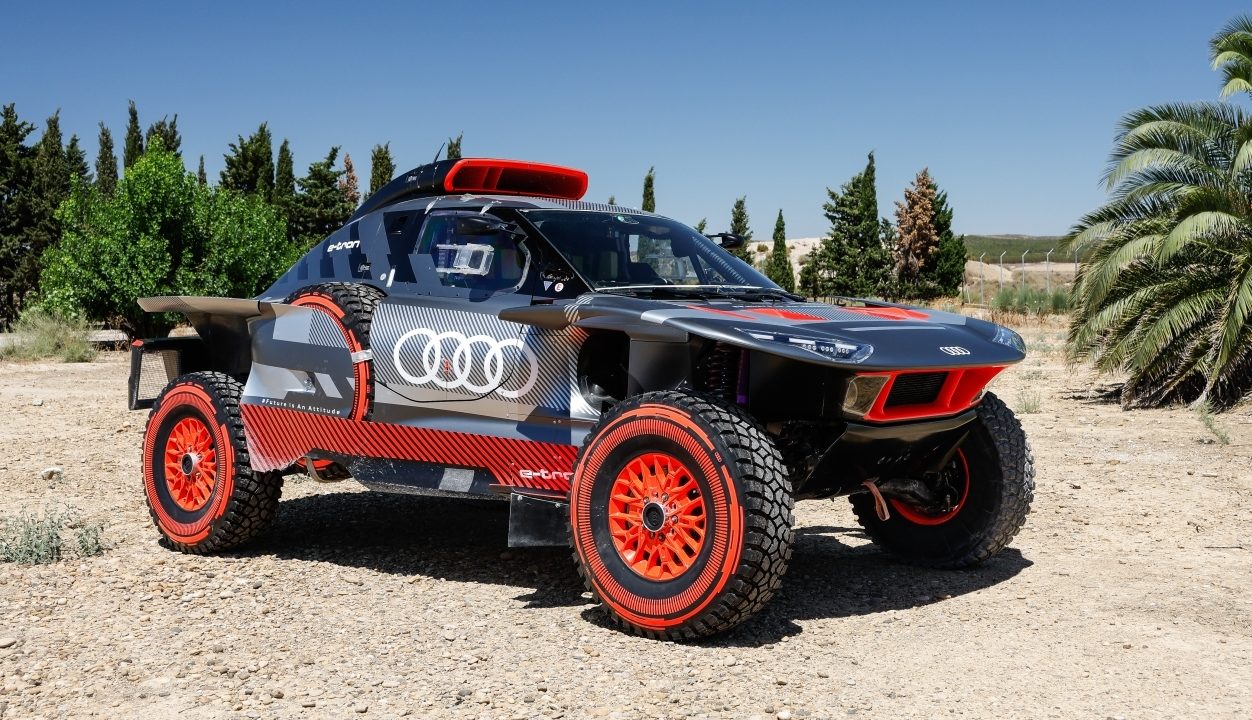
RS Q e-tron E2 Dakar racer
For 2023 though the new RS Q e-tron E2, revealed yesterday at Audi’s Neuberg motorsport base, features significantly slimmed down bodywork, with chief designer Axel Loffler stating that the E2 features “not a single body part from its predecessor.”
Read more: An EV has just won a Dakar Rally stage for the first time
Among the most significant change is the tapered rear bodywork, which replaces the ‘elephant’s foot’ on the predecessor. The fenders behind the front wheels are also gone, with the design now more reminiscent of the hub of a boat. In a practical move, ‘bulky’ covers for the spare wheels have been replaced with “flat and easily removable body components” to save time replacing punctured wheels.
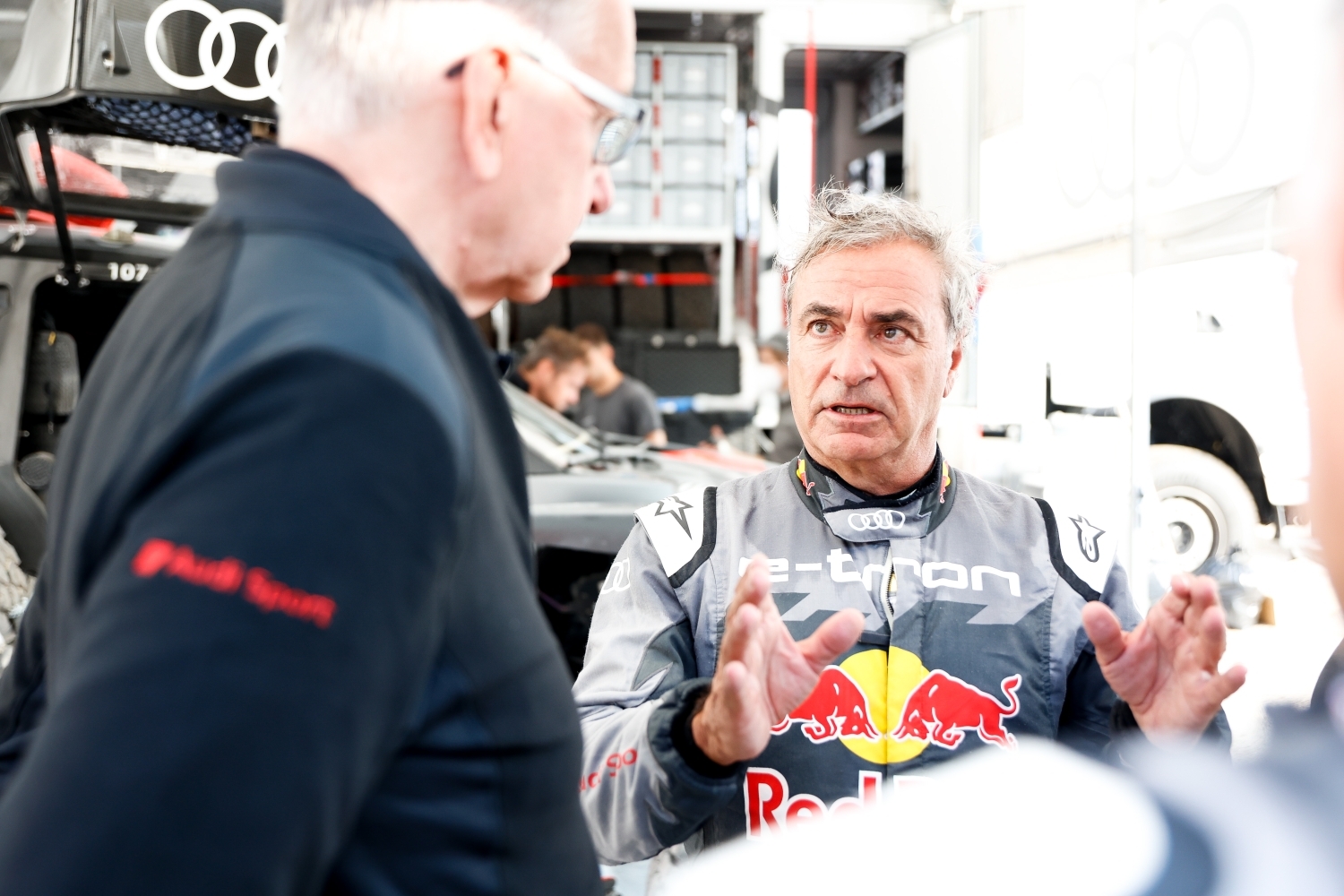
Carlos Sainz Sr., testing the RS Q e-tron E2 Dakar racer
Combined, the heavily altered bodywork is said to improve airflow and reduce drag by “around 15 per cent.” Audi admits the new bodywork has also shaved “several dozen kilograms,” a move that has also improved the vehicle’s centre of gravity.
Beneath the bodywork, the E2 – named in honour of the final edition of the famous Audi Quattro Group B rally car – will continue to use the DTM-derived 2.0-litre four-cylinder, which once again will be used solely to recharge the inboard batteries on the move. The front and rear axles meanwhile will continue to be powered by two electric motors. Top speed remains limited at 170 km/h.
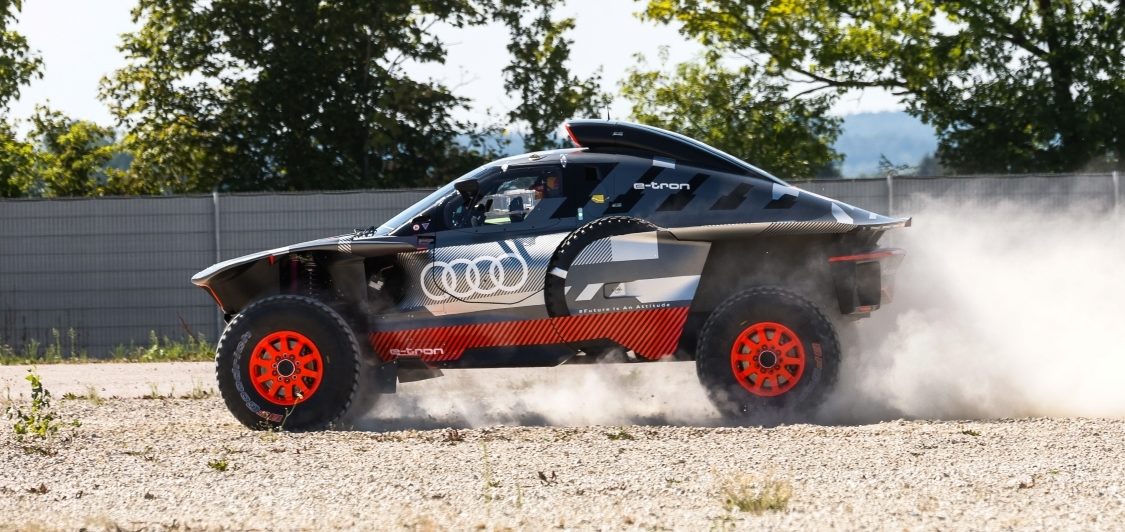
RS Q e-tron E2 Dakar racer
Working in tandem with the more aerodynamic bodywork, improvements have been made to the servo pump, the air conditioning cooling pump (constant running in the extreme temperatures led to the coolant freezing) and the fans in a bid to both improve the efficiency of the motors. Audi also cites an unusual issue, one unprecedented during testing, when a surge in power was noted when the wheels made less contact with the ground across jumps and/or uneven terrain.
Inside the cabin, the biggest change is a four-way rotary dial, which allows the drivers to toggle more easily between ‘Stage’ (the most dynamic), ‘Road’ (turns signals and rear-view camera feed, et al, required for liaison running), ‘Error’ and ‘Settings.’
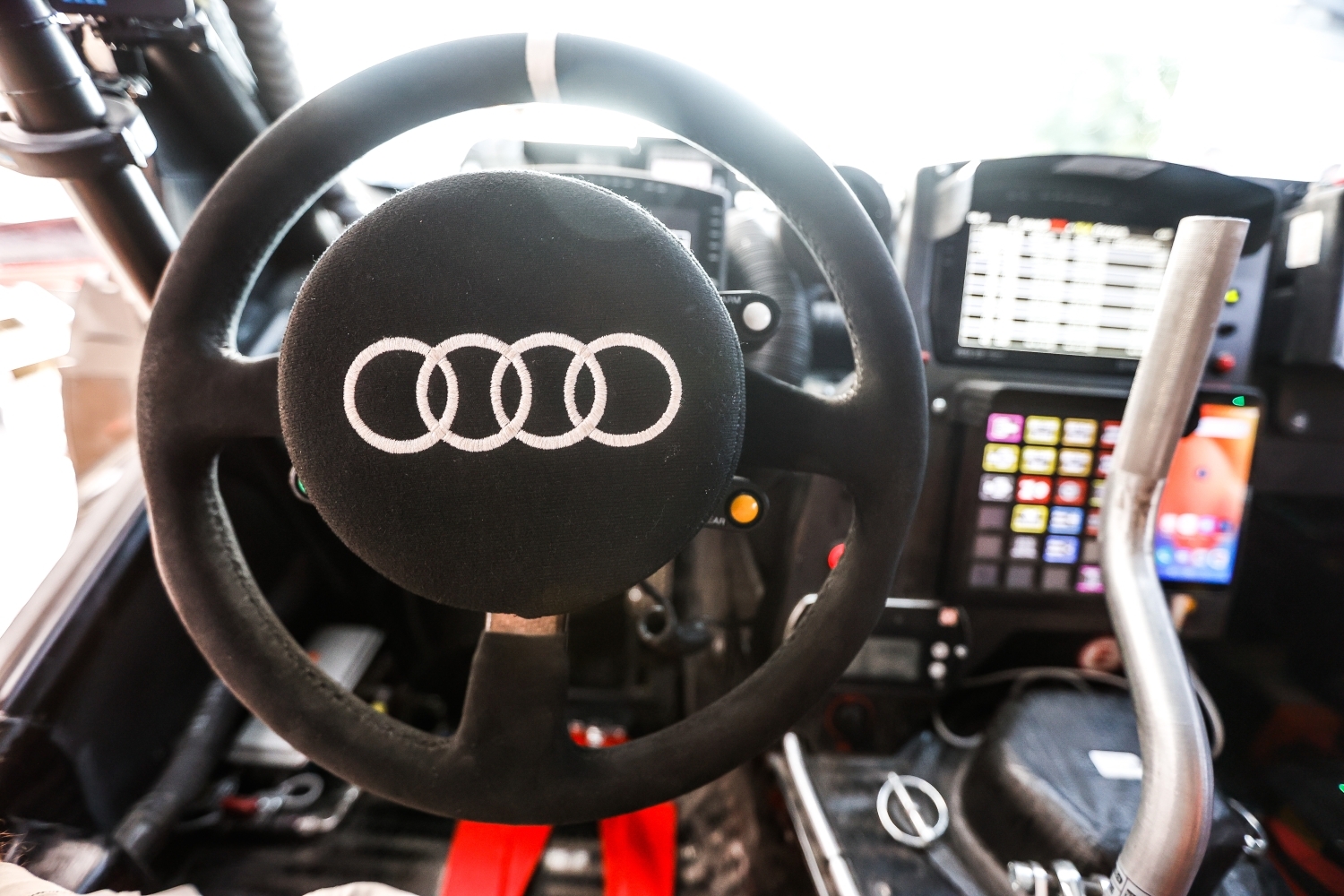
RS Q e-tron E2 Dakar racer
Ahead of next year’s Dakar Rally (set to begin on New Year’s Day in Saudi Arabia), and following an initial testing program, the E2 is set to make its competitive debut on the Rally du Maroc in Morocco this October, mirroring a similar ‘dynamic test’ undertaken by its predecessor last year.
Two-time World Rally Champion (and three-time Dakar Rally winner) Sainz, record-setting 14-time event winner Stéphane Peterhansel, and two-time DTM champion Ekström will represent Audi Sport on the 2023 Dakar Rally.
